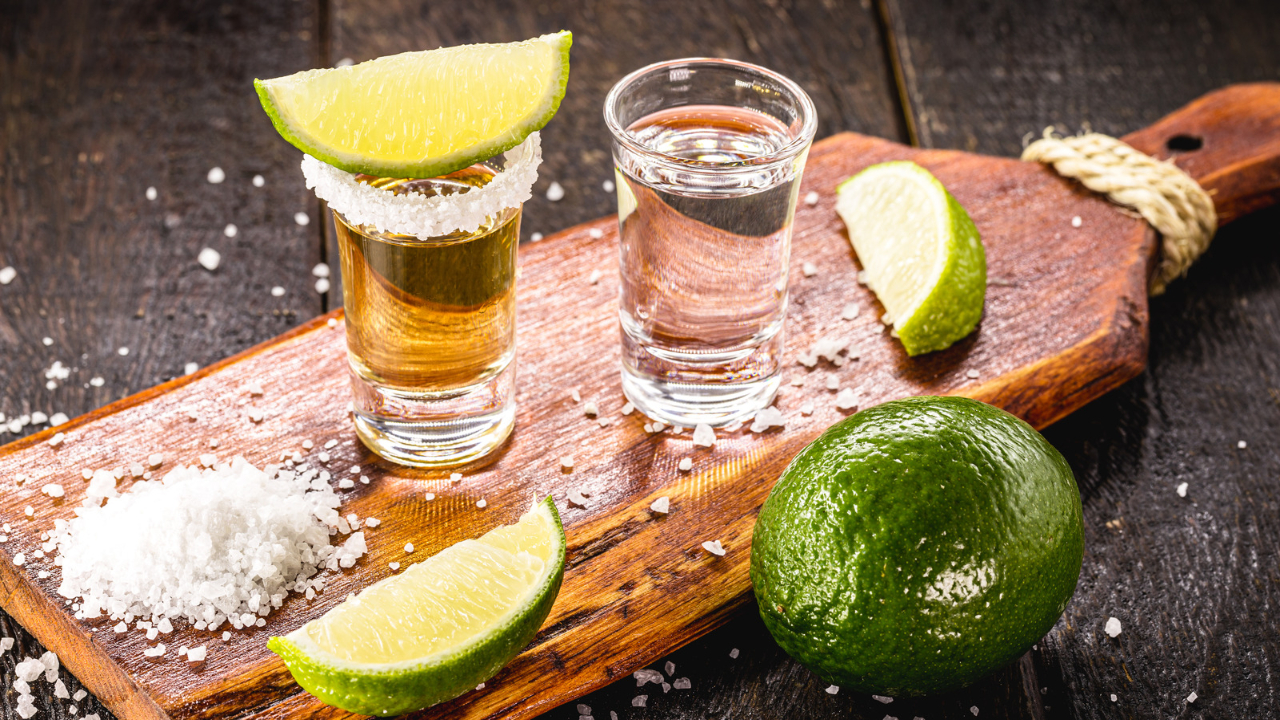Unlocking the Spirit of Tequila: A Journey Into Its Origins, Mixing Options, and Flavor Profile
Tequila, a beloved distilled spirit with deep-rooted Mexican heritage, has earned its place as a staple in cocktail culture worldwide. Whether enjoyed in shots or crafted into classic cocktails, tequila is renowned for its unique flavor and versatility. In this article, we embark on an exploration of tequila's origins, discover what to mix with this spirited elixir, and uncover the distinct taste that makes it a cherished favorite among enthusiasts.
What is Tequila and Its Origins?
Tequila is a type of distilled spirit made from the blue agave plant, scientifically known as Agave tequilana Weber. It originates from the town of Tequila in the state of Jalisco, Mexico, which gives the spirit its name. Tequila's production process involves harvesting mature blue agave plants, which are then roasted, crushed, and fermented to extract their sugary juice. This juice is distilled and aged, resulting in various types of tequila, each with its own characteristics and depth of flavor.
What to Mix With Tequila?
Tequila's versatility lends itself to a plethora of mixing options, allowing both bartenders and enthusiasts to experiment with an array of delightful cocktails. Here are some classic and popular mixers to elevate your tequila experience:
Margarita: A timeless classic, the Margarita combines tequila, lime juice, and orange liqueur, typically served in a salt-rimmed glass. This tangy and refreshing cocktail is perfect for warm summer evenings or any fiesta.
Paloma: For a lighter and citrusy option, the Paloma is a delightful blend of tequila, grapefruit soda, and a splash of lime juice. This effervescent concoction is a beloved choice among tequila enthusiasts, especially in Mexico.
Tequila Sunrise: Aptly named for its vibrant appearance, the Tequila Sunrise is a visually stunning mix of tequila, orange juice, and a touch of grenadine. The layered colors mimic a mesmerizing sunrise in a glass.
Tequila Tonic: Similar to a gin and tonic, the Tequila Tonic swaps gin for tequila, complementing the spirit's herbal and earthy notes with the refreshing bitterness of tonic water and a lime garnish.
Tequila Old Fashioned: A tequila twist on a classic cocktail, the Tequila Old Fashioned substitutes whiskey with tequila, adding a new dimension of flavors to this timeless drink.
What Does Tequila Taste Like?
Tequila's taste profile can vary based on the type and aging process. Blanco or silver tequila, which is unaged or aged for a short period, often exhibits a crisp and herbal taste with the agave's distinct sweetness. Reposado tequila, aged for at least two months but less than a year, presents a smoother and slightly oaky flavor, while Añejo tequila, aged for at least one year, showcases richer notes of caramel, vanilla, and spice.
Tequila's tasting experience can be further enhanced when enjoyed neat or on the rocks, allowing its true essence to shine through and delight the palate.
Tequila, derived from the blue agave plant and deeply rooted in Mexican culture, is a spirit that captivates the senses with its diverse flavors and mixing possibilities. From classic cocktails like Margaritas and Palomas to the complex tasting notes of different aged tequilas, this spirited elixir has earned its place as a cherished favorite among cocktail enthusiasts worldwide. Whether sipped neat or crafted into vibrant cocktails, tequila continues to elevate gatherings and celebrations, embracing the spirit of joy and camaraderie with every sip.

